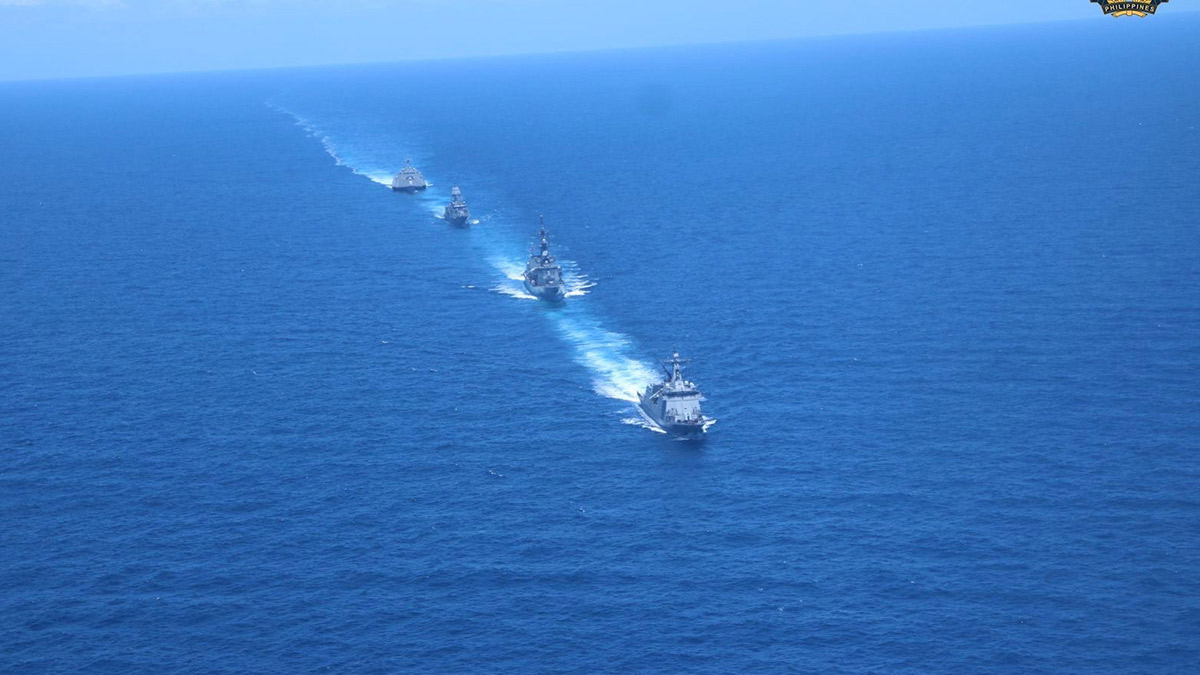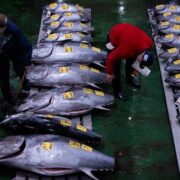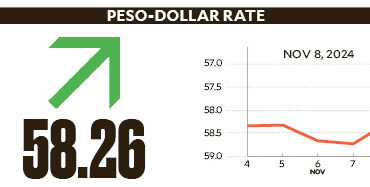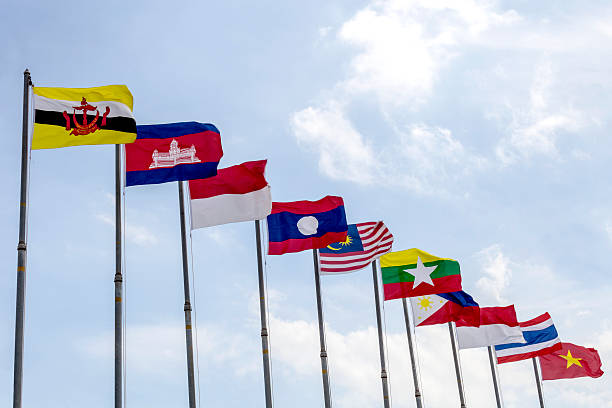NATO-like security alliance is ‘hard sell’ for ASEAN–Navy spox

A security alliance among Association of Southeast Asian Nation (Asean) member-states similar to the North Atlantic Treaty Organization (Nato) would be “difficult to take off” because of “divergent views” among the member nations, a Navy spokesperson for the West Philippine Sea said on Wednesday.
“It will be a hard sell because of the different national interests of the Asean countries individually,” Rear Adm. Roy Vincent Trinidad told reporters on the sidelines of a defense forum in Makati City.
He made the comment a day after Defense Secretary Gilberto Teodoro Jr. said at a security forum that a Nato-type Asean was not possible for now “because of the dichotomies and divergence between country interests.”
Established in 1949, Nato is a political and military alliance among North American and European countries.
But despite the absence of a security alliance, the Philippines will engage in more joint drills or multilateral maritime cooperative activities (MMCAs) with countries outside Asean to discourage Chinese aggression in the South China Sea, Trinidad said.
“During the conduct of MMCAs there were observed coercive and aggressive actions by the PLA (People’s Liberation Army) Navy, the coast guard, or maritime militia a few days before, during and a few days after,” he said.

The Philippines participated in 10 MMCAs with its allied countries this year, which included the United States, Japan, and Australia.
Trinidad said that this figure was higher than the three multilateral maritime activities they held in 2023.
“I would like to say that based on the guidance of our secretary of national defense, more are coming up but we do not usually announce them in advance,” he said.
Asked if this joint military drill would help discourage Chinese aggression in the South China Sea, he said “definitely, definitely.”
Beijing claims almost the entire South China despite a 2016 arbitral ruling that invalidated its expansive claims in the strategic waterway, which is an international sea lane where about $3 trillion of trade passes annually.





















